The Company Town (22 page)
Authors: Hardy Green

The Illinois National Guard assembling before the Arcade Building in Pullman during the great railroad strike of 1894.
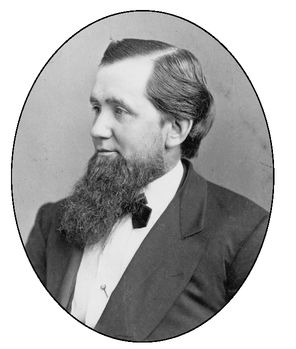
George M. Pullman, head of the Pullman Palace Car company, felt his model town would have an “ennobling and refining” effect on his workers.
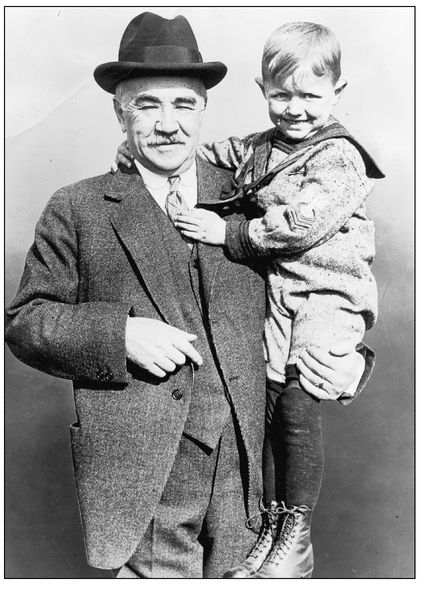
Chocolate magnate Milton M. Hershey in 1927 with one of the orphan boys from the Hershey Industrial School.
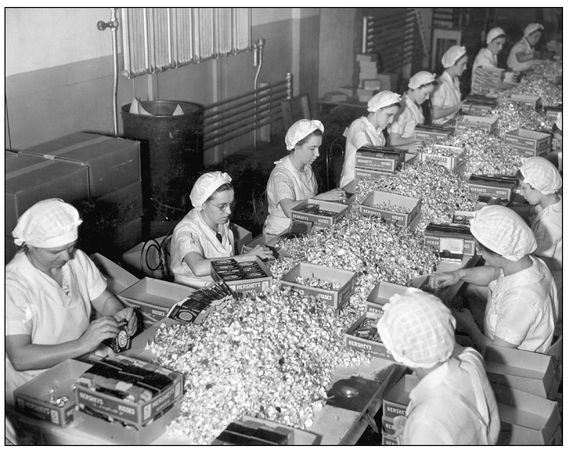
Hershey workers in 1937 producing one of the company's signature products, Hershey's Kisses.
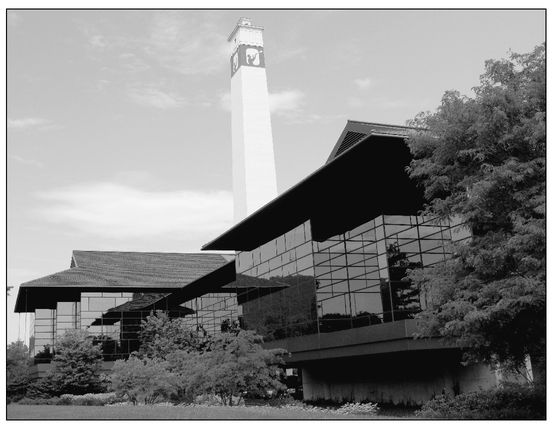
Corning Inc.'s current headquarters in the town of Corning, New York, incorporates a decades-old tower that's emblazoned with the image of Little Joe the lightbulb glassblower.
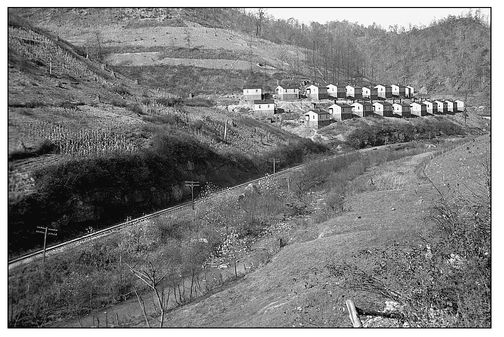
Founded in 1912, Jenkins, Kentucky, was one of the dozens of coal-mining towns that sprang up across Appalachia.
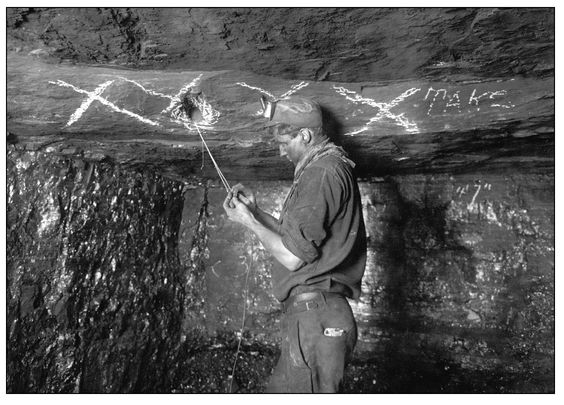
At the coal face, a miner prepares a fuse and charge of explosive powder to dislodge a layer of coal.
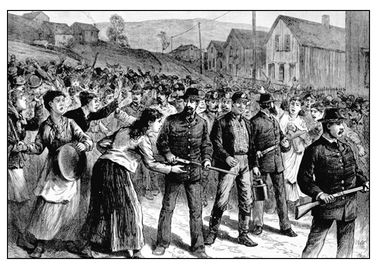
Into the twentieth century, companies employed Pinkerton guards to help break strikes, as they are doing here during an 1880s coal strike in Ohio's Hocking Valley.
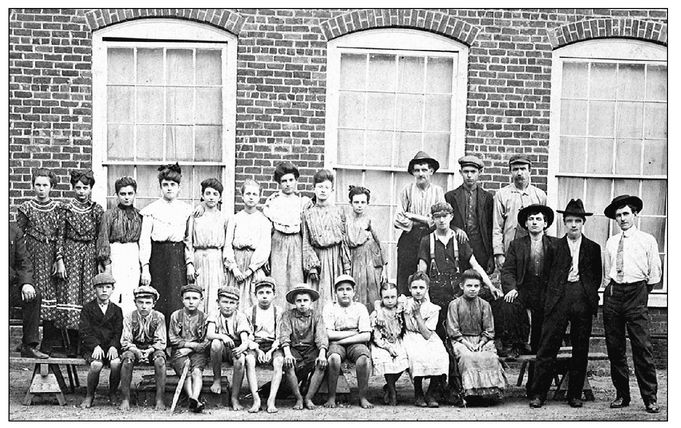
In the early 1900s, laborers at Cannon's Cabarrus Cotton Mill in Concord included child workers as young as eight years of age.
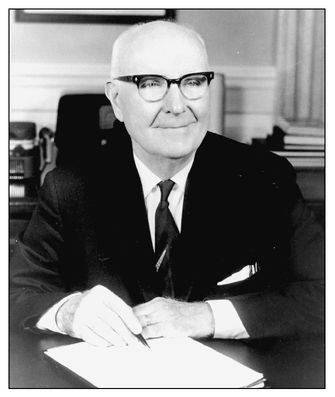
Charles Cannon, president of Cannon Mills, ruled the town of Kannapolis, North Carolina, from the early 1920s until his death in 1971.
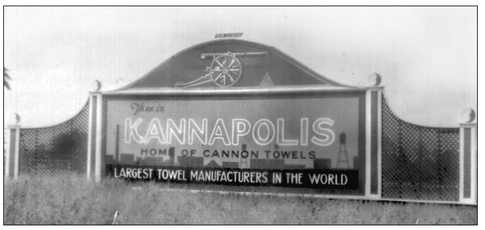
A sign on Kannapolis's south main street and another atop Cannon Mills' works proclaimed the company as the world's largest maker of towels.
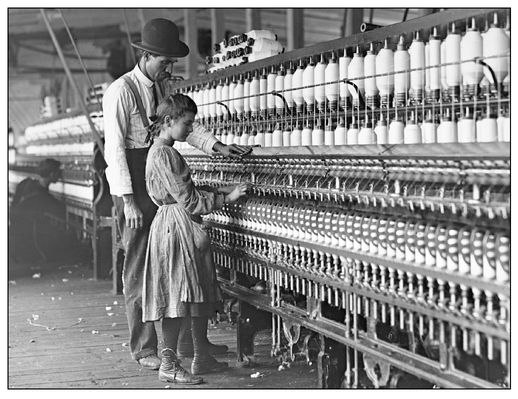
The use of labor-saving machinery across the South's textile belt doomed rival producers in New England and meant much of the work was simple enough to be performed by children. This photo was taken in 1908.
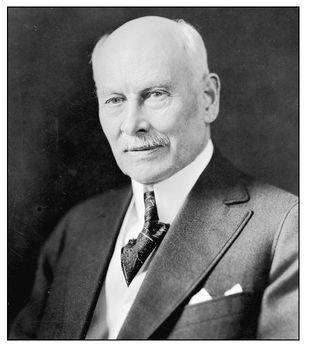
As head of U.S. Steel, Elbert H. Gary presided over a vast expansion of the company's productive facilities and construction of the Indiana town that bore his name.
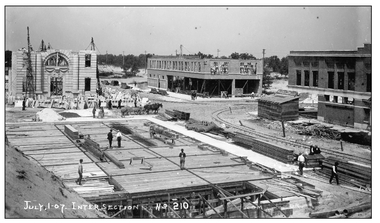
Other books
Inside Out by John Ramsey Miller
The Newsy News Newsletter by Karen English
The Last One by Alexandra Oliva
Life As I Blow It by Sarah Colonna
Andy by Mary Christner Borntrager
The Academy - Introductions by C. L. Stone
A Steadfast Heart: Experiencing God's Comfort in Life's Storms by Elyse Fitzpatrick
The Crow King's Wife by Melissa Myers
Bullet Work by Steve O'Brien
Operation Blind Date by Justine Davis